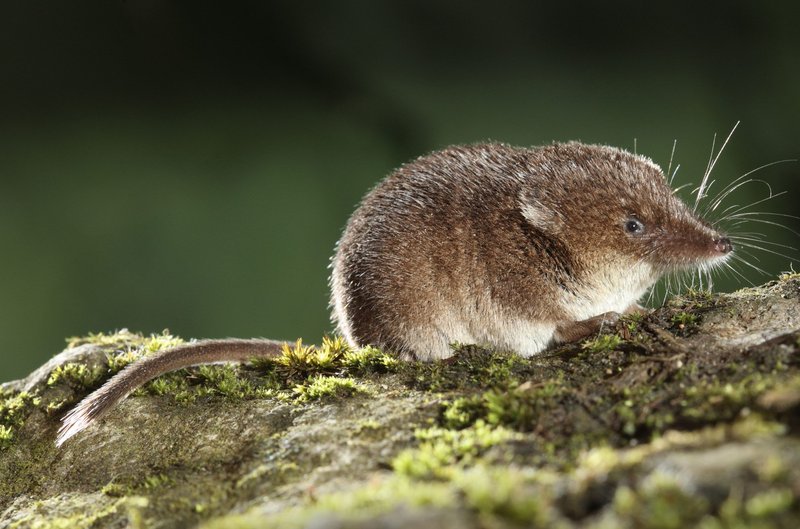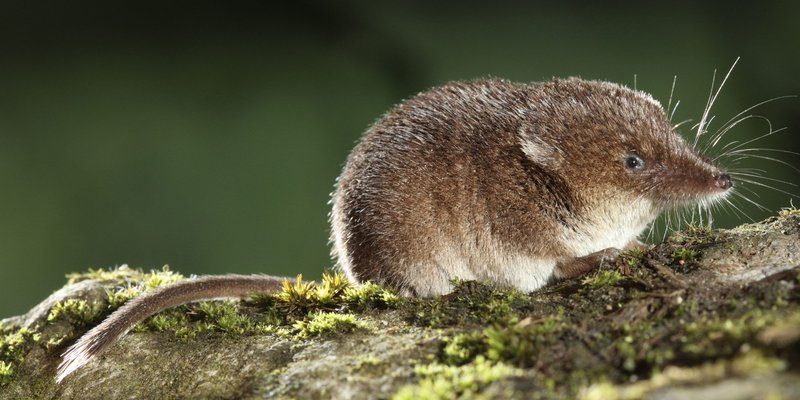
Shrews are often mistaken for mice, but they’re packed with unique traits that set them apart. With their long snouts and high metabolism, these little critters are more like the hidden champions of nature. They help control insect populations and serve as prey for larger animals, creating a balance in the food web. Here’s why understanding the shrew’s role in its ecosystem is so important.
What Exactly Is a Shrew?
Shrews belong to the family Soricidae and are part of the order Eulipotyphla, a group that also includes moles and hedgehogs. Unlike rodents, shrews have a few standout features: they have sharp teeth, a keen sense of smell, and an insatiable appetite. In fact, they can eat up to twice their body weight daily!
These small mammals vary in size, with some species being as small as a thumb. Shrews are typically found in wooded areas, grasslands, and even gardens. If you’ve ever seen one, you might have noticed how quickly they dart around, foraging for insects, worms, and even small vertebrates. The shrew’s rapid movements and energetic lifestyle are essential for their survival and ecological contributions.
Shrews and Their Diet
Here’s the thing: shrews are not picky eaters. They primarily hunt insects, but their menu can expand to include slugs, snails, and plant materials. This variety in diet makes them important predators in many ecosystems. By consuming a vast number of insects, shrews help prevent overpopulation of these species, which can lead to problems for plants and other animals.
Imagine a garden plagued by pests—without shrews, those insects could multiply quickly, damaging crops and plants. So, shrews act as natural pest controllers. They keep the balance in check, ensuring that no single species dominates their habitat. This behavior also highlights the interconnectedness of ecosystems.
The Shrew’s Place in the Food Chain
Every animal has its role in the food chain, and shrews are no exception. They are both predators and prey, which makes them a vital link in the ecosystem. Shrews are food for larger animals like owls, hawks, snakes, and even some mammals. This relationship helps maintain population control among various species.
When shrews are abundant, they can help sustain the populations of their predators. If these shrew populations decline, however, it could lead to a ripple effect—predators might struggle to find food, leading to a decline in their numbers as well. So, shrews play a crucial balancing act, ensuring that the entire ecosystem functions smoothly.
Shrews and Soil Health
Shrews don’t just stick to the surface; they dig through the soil as they hunt for food. This behavior has a positive impact on soil health. As they burrow, they aerate the soil, allowing for better water absorption and root growth. Think of it like tiny gardeners, working constantly to improve the earth beneath our feet.
Aerated soil is healthier and better for plants, contributing to a more vibrant ecosystem. Healthy plants, in turn, provide oxygen, food, and shelter for other wildlife. By keeping soil in good condition, shrews indirectly support a diverse range of species, highlighting their importance beyond just being tiny mammals.
Shrews and Biodiversity
Biodiversity refers to the variety of life in a particular habitat, and shrews contribute to that diversity in several ways. First, their presence indicates a healthy ecosystem. A diverse range of species, including shrews, supports resilience against changes like climate fluctuations or diseases.
Additionally, shrews are a vital part of the food web. Their existence supports various predators while also influencing the populations of other small animals. By maintaining these connections, shrews help to create a dynamic and thriving environment where different species can coexist.
Conservation and Threats to Shrews
Even though shrews are crucial for their ecosystems, they face numerous threats, including habitat loss, pesticide use, and climate change. Urbanization can disrupt their habitats, while chemicals used in agriculture can lead to declines in their food sources.
Conservation efforts are essential to protect these small mammals and their habitats. By preserving natural areas and reducing pesticide use, we can ensure that shrews continue their important work in our ecosystems. Remember, protecting shrews means safeguarding a whole network of life in their environments.
Shrews: The Unsung Heroes of Nature
Honestly, we often overlook the smaller creatures in nature. But when it comes to shrews, it’s clear they play a vital role in maintaining balance within ecosystems. From controlling insect populations to promoting soil health, these little mammals are doing heavy lifting, even if they’re not the most glamorous animals around.
So, the next time you come across a shrew—whether it’s darting through your garden or digging in the soil—take a moment to appreciate its significance. These tiny creatures contribute immensely to the rich tapestry of life, reminding us of the intricate connections that bind all living things together.
In conclusion, understanding the shrew’s role in its ecosystem shines a light on the importance of every species, no matter how small. Each one adds depth and complexity to the natural world, creating a harmony that supports life as we know it.

